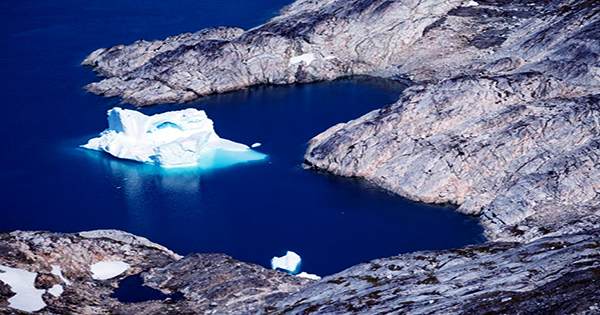Between 2005 and 2019, the Earth’s energy imbalance nearly doubled, new research shows. Earth’s energy budget is seen as the amount of solar radiation energy the planet receives from the sun (absorbed in its atmosphere and surface) versus the amount of thermal infrared energy re-released into space on Earth. Greenhouse gases are changing this, trapping more energy and raising the average temperature of the planet, creating inequalities in energy budgets. The energy imbalance currently stands at 0.3 percent, which means the earth has taken in more heat than it needs to return to space.
NASA and the National Oceanic and Atmospheric Administration (NOAA) measure this budget differently. NASA uses its Clouds and Earth’s Radiant Energy System (CERES) satellite sensors, which provide a global picture of energy budgets. NOAA has argo, a global array of oceans that estimates how fast the oceans are warming. Ninety percent of the energy imbalance increase is absorbed by the ocean, so it is an important method. New research published in the Geophysical Research Letter combines these two approaches, showing that not only do the two bodies agree, but the increase in carbon dioxide, methane and other hazardous gas emissions is trapping heat in our atmosphere and capturing radiation that could otherwise escape into space.
Lead author Norman Loeb, principal investigator for CERES at NASA’s Langley Research Center, said in a statement, “Two very independent ways to observe the changes in the earth’s energy imbalance is really a really good deal and they are both showing this huge trend, which gives us a lot of confidence that what we are seeing is a real event and not just a pattern.” “The trends we’ve got were quite alarming in a sense.” The effects of human activity on energy budgets are known as anthropogenic forcing and it has been seen as the influential influence behind the dramatic changes we are witnessing in the Earth’s climate.
However, the researchers noted that nature did not help us during the investigation, as the peace shifted the decimal swings from the cooling phase to a warmer phase, intensifying the energy balance. “It’s probably a mix of ethnographic emphasis and internal variability,” Loeb said. “And they’ve both caused warming during this period, which will bring about a significant change in the Earth’s energy imbalance. The level of this growth is unprecedented.”
















